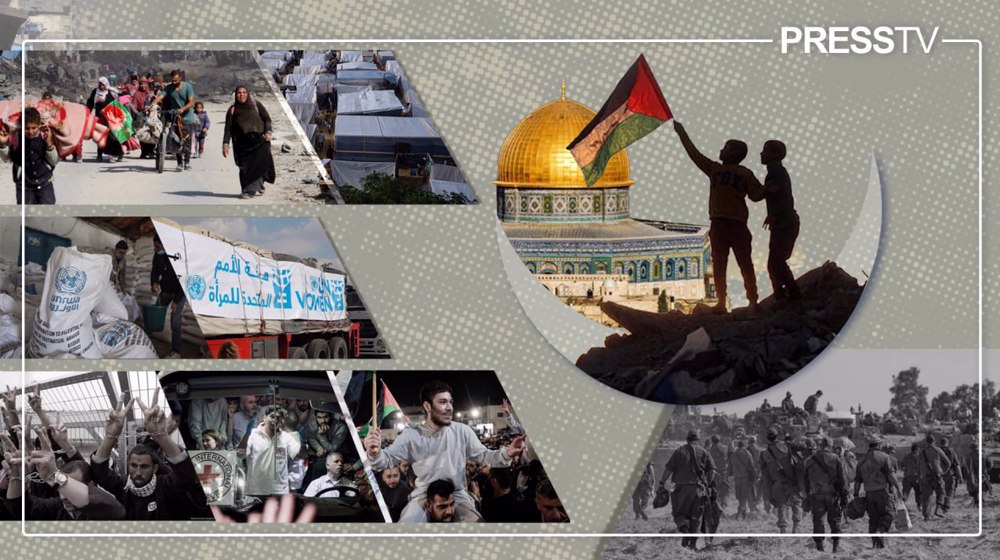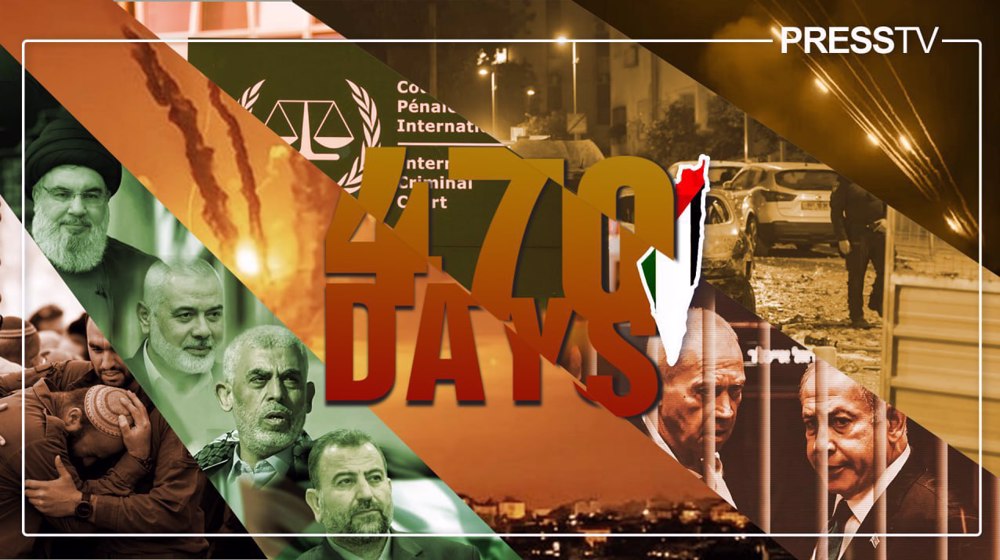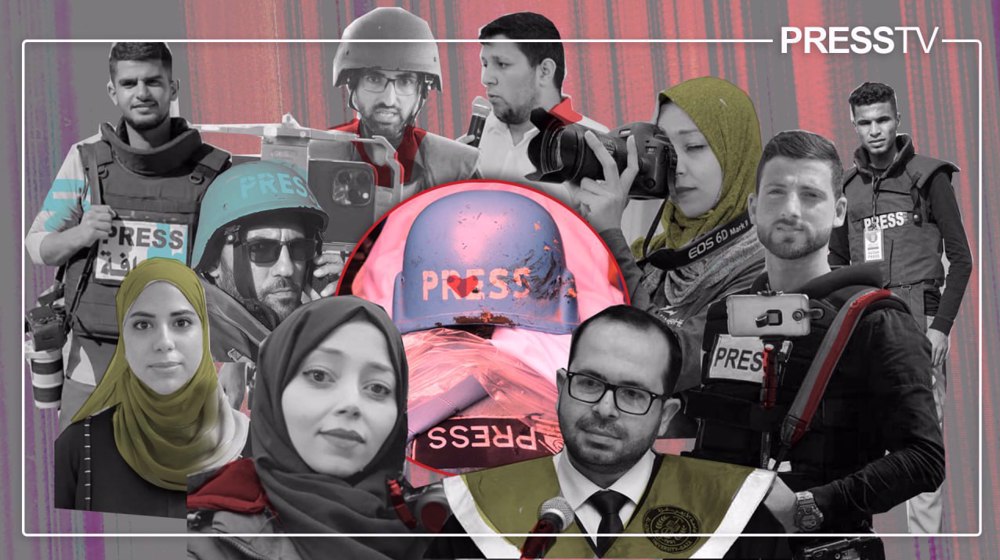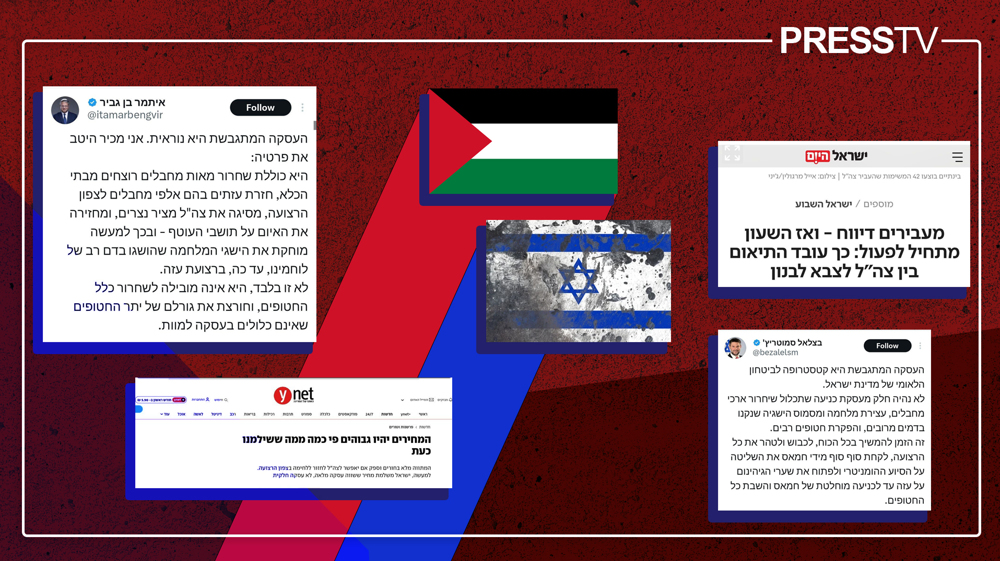Explainer: What to know about the ceasefire in Gaza and what happens next?
By Mohammad Homaeefar
Calm returned to the besieged Gaza Strip at around 11:15 a.m. local time on Sunday for the first time in over 15 months as the much-anticipated ceasefire agreement between the Israeli regime and the Palestinian resistance movement Hamas came into effect.
Brokered through international mediation, the agreement aims to put an end to the genocidal war waged by the Israeli regime, with the support of Western allies, against Palestinians in Gaza that has claimed nearly 47,000 lives and spawned the worst humanitarian crisis of the modern era.
The ceasefire was announced late on January 15, following indirect negotiations between the two sides, with support from the United Nations and other international actors.
During the first phase of six weeks, some Israeli captives held in Gaza will be released in exchange for some Palestinians abducted and incarcerated by the Israeli regime without charge or trial.
The first phase, which will eventually determine the course of the agreement, will also see a gradual Israeli military withdrawal from Gaza and a steady flow of humanitarian aid into the territory.
How did the genocidal war unfold in Gaza?
Israel launched the war on Gaza on October 7, 2023, immediately after Palestinian resistance groups led by Hamas carried out a sophisticated retaliatory operation deep inside Israeli-occupied territories in response to decades of occupation, oppression and apartheid.
Dubbed Operation Al-Aqsa Flood, the surprise operation sent shockwaves across the world. Palestinian fighters took some 250 Israeli soldiers and settlers to Gaza as captives while hundreds more were killed – many of them by the Israeli forces themselves under the "Hannibal doctrine."
In response to Operation Al-Aqsa Flood, the Israeli military relentlessly bombarded Gaza with air and ground attacks for more than 15 months, killing nearly 47,000 people in the strip, the majority of them children and women, and wounding over 110,000 others.
Israel’s brutal onslaught on the coastal Palestinian territory also displaced an estimated 1.7 million Palestinians—most of Gaza’s population—and razed to ground almost all educational institutions, medical centers, sports facilities and refugee camps.
Who brokered the ceasefire deal?
The elusive ceasefire deal that brought cheer to people in Gaza was primarily brokered by Egypt and Qatar, with significant backing from the United Nations and other international actors.
Egypt, a key regional player with longstanding ties to both the Tel Aviv regime and Palestinian resistance factions, played a central role in facilitating ceasefire agreements during past wars.
Qatar, a supporter of Hamas and other Palestinian resistance groups, used its diplomatic channels to engage with them to pave the ground for the ceasefire deal.
Qatar also happens to be home to some senior Hamas leaders, which makes it a key player.
The United Nations, through its special envoy for West Asia, provided diplomatic support and helped coordinate the broader international effort to end, or at least temporarily halt, the genocidal war.
Qatar and Egypt also brokered a temporary ceasefire that took effect on November 24, 2023. Under that deal, Israel released more than 240 Palestinian prisoners, all of them women and children, in exchange for 110 settlers. However, the regime resumed its genocidal war on December 1, 2023.
The present deal took several months to materialize as the Israeli regime kept playing the dilly-dallying game with mediators owing to internal and external factors.
The regime was finally forced to accept the deal after reluctantly admitting its failure to accomplish any of the key military goals, including the elimination of Hamas and the release of captives.
What are the key terms and conditions of the ceasefire?
The new truce deal includes several provisions for the exchange of Israeli captives and Palestinian abductees, the return of internally displaced civilians to their homes in northern Gaza, and the crossing of wounded Palestinians to Egypt via the Rafah crossing.
It is set to roll out in three phases, each requiring both sides to take certain steps for extension.
The first two phases will last 42 days. Also, details of the second and third phases are expected to be negotiated during the first phase, which makes the first phase critical.
Here are the main provisions included in each phase:
Phase 1:
- A total of 33 Israeli captives will be released, including women and those over 50.
- A total of 30 Palestinian abductees, including those incarcerated by the regime without charge or trial, will be released for each Israeli captive and 50 for each female soldier.
- Israel will withdraw its forces from Gaza’s population centers to areas no more than 700 meters inside Gaza’s border with the occupied territories.
- Israel will allow displaced Palestinian civilians to return to their homes in northern Gaza.
- Israel will allow more aid to enter the strip—up to 600 trucks per day.
- Israel will allow wounded Palestinians to leave the Gaza Strip through the Rafah crossing with Egypt for treatment.
- Israel will reduce its forces in the Philadelphi Corridor, the border area between Egypt and Gaza, and ultimately withdraw completely.
Phase 2:
- A “sustainable calm” is expected to be declared as a prerequisite to achieving a permanent ceasefire between the two sides – the Israeli regime and Hamas.
- The remaining Israeli captives, mostly male soldiers, will be released.
- A yet-to-be-negotiated number of Palestinian abductees will be released.
- Israel will completely withdraw its troops from the Gaza Strip.
Phase 3:
- Bodies of deceased Israeli captives will be exchanged for bodies of deceased Palestinian resistance fighters.
- A three- to five-year reconstruction plan in Gaza will be implemented under international supervision.
- Border crossings for movement in and out of Gaza must be reopened.
What are the possible implications and challenges for the deal?
Despite the ceasefire coming into effect, concerns persist about its sustainability, even though Hamas has assured its full compliance with the deal and its terms.
This skepticism is reinforced by recent developments, including provocative warmongering statements from Israeli occupation authorities, including Prime Minister Benjamin Netanyahu, that raise questions about the regime’s commitment to the new truce agreement.
In the days between the announcement of the ceasefire and its implementation, Israel ruthlessly intensified its onslaught on Gaza, killing over 120 Palestinians, including women and children.
Netanyahu referred to the ceasefire as “temporary” in a televised speech on Saturday and suggested that his cabinet could resume attacks on Gaza with the support of the incoming US administration led by Donald Trump after the first phase of the deal.
Dissent within Netanyahu’s cabinet, with some of the ministers opposing the truce, has created further uncertainty. Internal political pressures, including the withdrawal of a coalition partner from the cabinet, make it more unlikely that the truce will hold.
The Israeli regime’s history of violating agreements also contributes to doubts about the current truce. The deadly 2008 war, for example, was also the result of Israeli violation of a ceasefire.
Similar violations occurred during ceasefire agreements in 2012, 2014, and 2021, where documented breaches often resulted in fatalities or injuries among Palestinians.
While the ceasefire brings a much-needed respite to Gaza, its continuation depends on adherence to its terms and whether attempts to navigate longstanding issues are successful.
With a history of Israel’s broken truces and Palestinians’ unresolved grievances, the path forward remains fraught with challenges.
VIDEO | Press TV's news headlines
West irritated by Iran’s progress in heavy water industry: Atomic chief
Israel lacks ability to eliminate resistance power: Leader’s aide
Houthi: Iran played crucial role in victory of Palestinians over Israel
UN torture expert urges probe into Israeli violations in Gaza after truce
Donald Trump sworn in as 47th US president
VIDEO | Togo weighs joining Sahel group
Press TV Turkish, Hispan TV Brasil officially launched by IRIB World Service










 This makes it easy to access the Press TV website
This makes it easy to access the Press TV website